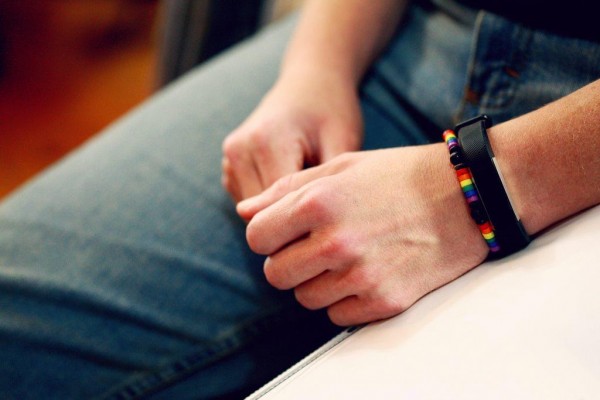Wearables: Helping You Lead a Healthy Life Right on Your Wrist

Wearables are developed by consumer electronics firms seeking sell and promote to people on healthier lifestyles.
Who would have thought, wearables, which started small is now more impactful than early-model smartphones, with some tracking capability for heart rates, levels of blood oxygen, sleep, electrical signals of heart, temperature, and even steps?
More often than not, these devices are developed by consumer electronics firms seeking sell and promote to people on healthier lifestyles.
Specifically, early advertisements of Fitbit concentrates on helping people "find their fit," and the now-no-longer-existent Jawbone targeted at encouraging consumers to combat their "on personal bests."
Even Apple, Inc., when it initially introduced its watch five years ago, promoted the device as a "lifestyle and fitness" gadget.
ALSO READ: New Research to Test Illness-Detecting Wearables Against COVID-19 Infection
From Fitness to Personal Wellbeing Tracker
As time goes by, wearables' positioning and even iPhone's has progressed from simple workout tracking devices to be the link to a person's wellbeing.
Apple, two years ago, launched its electronic health records or EHR, API to developers. The tech giant has introduced alliances with the VA to store the health records of veterans in their Apple Wallets, on top of the records for major health systems patients, which, according to report from Protocol, include "Johns Hopkins Medicine, Cedars-Sinai and Penn Medicine."
Companies that include LabCorp and Quest Diagnostics, two of the biggest companies that offer laboratory services in the United States, now back their lab results, as well, brought in via Apple Health.
Not a First-Time Device
Even though wearables are currently picking just recently because of the worsening pandemic, not everyone knows that a similar device was introduced in 1965.
Called "manpo-Kei," this simple device was first launched in Japan. The name itself, according to reports, "literally translates to 10,000 steps meter," and groups of walkers and hikers promoted this small and lightweight "mechanical pedometer."
Various groups have adopted this impressive figure, organizations, and agencies like the American Hearts Association and the United Kingdom's NHS as a suggested objective for individuals to beat every day to stay fit and healthy.
Even though the figure was based more on advertising and promotion than science, manpo-Kei gave birth to the wearables industry the world has at present.
DON'T MISS THIS: Apple Watch Introduces Features That Will Allow Doctors to Remotely Monitor Patients as they Age
What Wearables can Do Today
Reports presented that the first linked wearables first connected wearables boomed as the smartphone success started in the latter part of the 2000s.
Devices such as small transceivers that work via Bluetooth, as well as accelerometers widely popular among smartphones, became inexpensive to connect to other products such as early-linked step-trackers from brands like Fitbit, for one.
To date, a connected-device firm that makes scales, Withings has started collaborating with clinical associates and organizations designated to the management of weight and diabetes.
In addition, health professionals can register to manage data sent by patients through their Withings devices. For instance, if an individual's weight or blood pressure has consistently been rising for a few weeks, he can do something about it.
Wearables' Promise Tomorrow
In the future, wearables, health, and fitness observers claimed are likely to help people realize they are sick even before they do. They will also help individuals prevent sickness instead of treating them after.
Even with COVID, some early trials have suggested that data that existing wearables can collect could be enough to help people know when they've contracted the virus.
Stanford Medicine's Department of Genetics chair, Michael Snyder, designed a database of "heart-rate data" from owners of wearables who chose to share their records with the university.
In connection to this, the group of Snyder is attempting to identify if variations in heart rate can detect whether a person is getting ill. More so, given the world's condition at present, that particular disease would most probably be COVID-19.
IN CASE YOU MISSED THIS: Starting Your Lazy Keto Diet? Here are 3 Things You Need to Know
Jul 11, 2020 07:30 AM EDT




